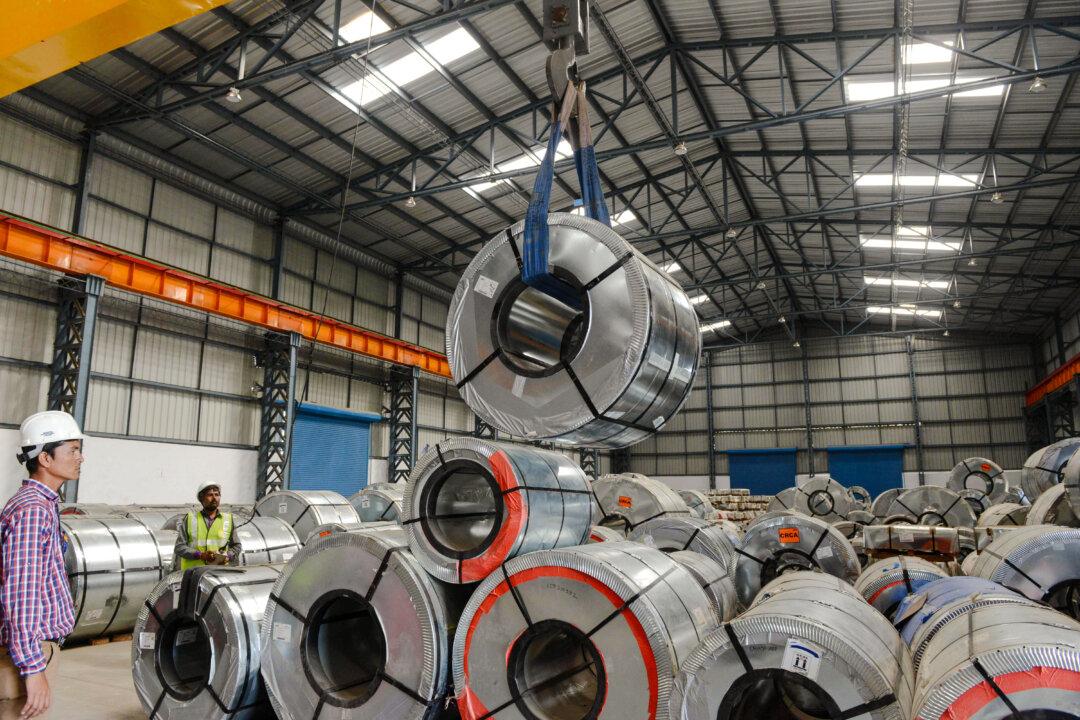Commercial aviation industry members in Europe are expecting the costs of air travel to rise amid a campaign to transition away from fossil fuels.
European airline industry members are aiming to reach net-zero aviation carbon emissions over the next 27 years as part of a plan called Destination 2050. The carbon-reduction effort is largely centered around swapping out fossil fuels for more sustainable alternatives, but industry experts say the plan will increase the costs for airline travel and part of the carbon reduction will be the simple result of a decreased demand for flights.
In a report on Monday, the U.K. strategy collective Sustainable Aviation estimated that reduced air travel demand will account for about 14 percent of the airline industry’s reduction in CO2 emissions.
Sustainable Aviation estimated that even with slightly higher costs for air travel, people will still want to fly and the airline industry will add around 250 million passengers by 2050.
Among the carbon-reduction technologies embraced by the Destination 2050 plan are hybrid-electric aircraft, low-carbon drop-in sustainable aviation fuels (SAFs), and hydrogen-powered aircraft. Where airlines cannot eliminate carbon emissions, Destination 2050 plans to offset those remaining emissions with reforestation, soil carbon capture, and other carbon-capturing innovations.
Sustainable Fuel for Aircraft
SAFs represent one of the main focuses in decarbonizing the airline industry. The sustainable fuels can be derived from plants, such as corn grains and algae, and produce less carbon. These SAFs also represent a “drop-in” solution, meaning they can be blended in with traditional jet fuel and used in existing aircraft with minimal modifications necessary.According to a 2021 report by Aviation Today, SAFs cost about four times as much as conventional jet fuel, and SAFs make up less than 1 percent of the fuel currently available in the market.
Proponents of SAFs are hopeful that a combination of government incentives, market investments, and time will expand SAF production and mature the technology so that will become more affordable. Sustainable Aviation is calling on the U.K. government to work toward a commitment to have five SAF plants under construction in the country by 2025, establish an industry-funded price stability mechanism to go along with an SAF mandate, and to have U.K. policymakers prioritize access to sustainable feedstocks for making SAFs.
Decarbonizing US Airlines
Last year’s Inflation Reduction Act includes incentives to help reduce the carbon footprint of the U.S. aviation industry, such as SAF tax credits.The ASU researchers believe a major driving factor for why SAF production is so costly is because of the opportunity cost of growing the plants needed to produce biofuels.
The ASU researchers estimated that switchgrass-derived biofuel could be produced and sold at an average cost of $4.10 per gallon. This price is above average for aviation fuel, which typically sells for about $2 gallon, but is within the $2–5 per gallon price range for jet fuel seen throughout 2022.





